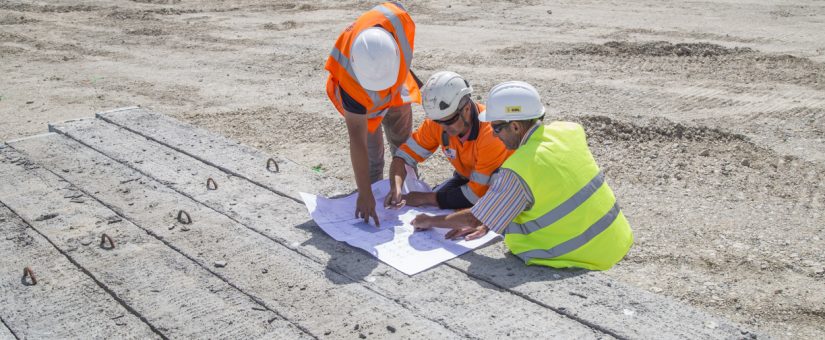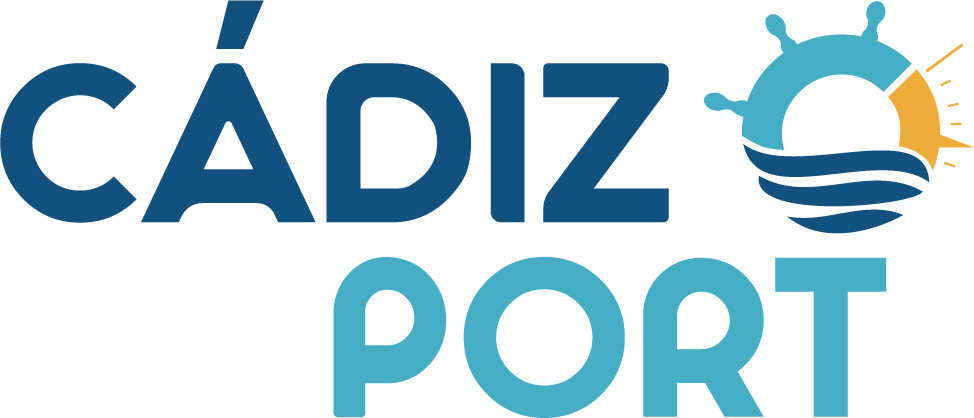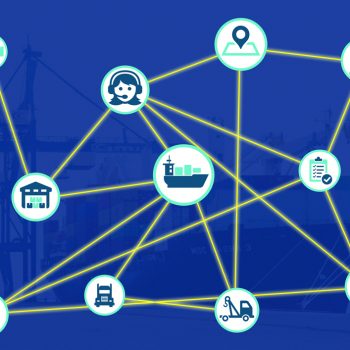
The new Border Inspection Post at the Bay of Cadiz Port advances with the piloting of the building
The building will be completed for entry into service together with the New Container Terminal by the end of 2020.
The construction of the Border Inspection Post (P.I.F.) that will be located in the New Container Terminal of the Port of Cadiz Bay is progressing with the execution, this week, of the building’s piles.
As it is known, the future passage of container traffic to the new facilities requires the transfer of the current P.I.F. located in the Reina Sofia Quay to the New Container Terminal.
In order to regulate the borders after the elimination of the internal borders of the European Union, the so-called Border Inspection Posts or BIPs were set up. They are the only points of entry into the EU for certain goods from third countries (e.g. animal products or plant health checks). The PIFs have adequate facilities, with cold rooms, laboratories, inspection and storage rooms, which allow inspection of products of animal origin, both for human consumption and non-human consumption, live animals and plants subject to phytosanitary inspection, by the relevant services and are essential for the competitiveness of the ports.
The new P.I.F. will include Animal Health, Plant Health, Foreign Health, the Official Inspection, Surveillance and Regulation Service for Foreign Trade (SOIVRE) and Customs. To this end, the design of the new building has taken into account the needs of each of these agencies.
The new building consists of an office area and another area of operations whose constructed areas are 672.64 m2 and 2,224.25 m2, respectively.
The office area is fitted out as a public service and administration area through an open main hall and corridor for distribution to the different areas of offices, work, toilets and files necessary for its proper functioning.
The operations area, on the other hand, is divided into two parts by an internal communication corridor that vertebrates all areas and facilitates the flow of personnel without interfering with the loading-unloading, storage and camera areas. The areas are distributed differentiating the categories of products that will be controlled and inspected.
Therefore, there will be two subzones according to the different types of products, one for products for human consumption and another for products for non-human consumption, and a third dedicated exclusively to the Customs service of the Ministry of Finance and Public Administrations.
Each sub-area will have separate spaces for the loading and unloading dock, inspection rooms, refrigeration chambers, freezing and ambient areas (depending on the needs of each agency), toilets and dressing rooms separating clean areas (inspection room and access to docks), thus avoiding the flow that may cause cross-contamination between the different products to be inspected. It also incorporates a laboratory area for SOIVRE within the Operations area.
The total investment amounts to €4,376,455.65 (VAT included) and the execution period is 14 months.




